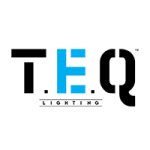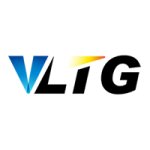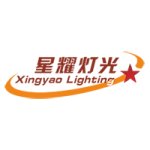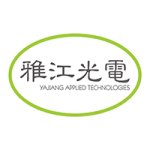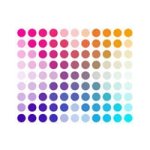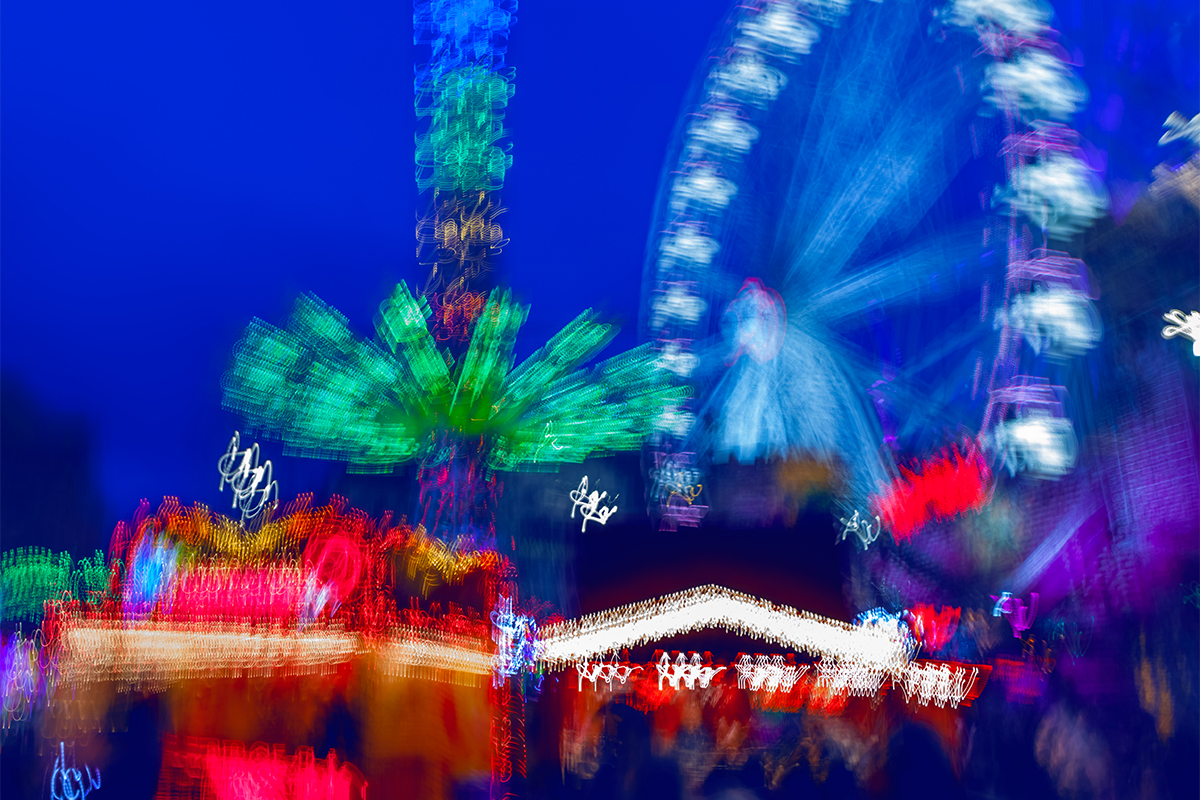
Architainment lighting is a fusion of architectural and entertainment lighting design, aiming to create visually captivating and immersive experiences in public spaces. Architectural lighting focuses on the illumination of buildings, structures, and landscapes to enhance their visual appeal. It considers the form, texture, and details of architectural elements to create a balanced and aesthetically pleasing lighting design. Entertainment lighting involves dynamic and interactive lighting effects to engage and entertain audiences. This includes the use of color-changing lights, moving fixtures, projections, and other effects to create visually captivating experiences. Architainment lighting seamlessly integrates both static architectural elements and dynamic, entertainment-style lighting effects. This fusion allows for the creation of immersive and evolving visual experiences that go beyond traditional architectural lighting.
Architainment lighting has broad applications in urban design, cultural institutions, entertainment districts, and various public and private spaces. It is commonly applied to iconic urban landmarks and skyscrapers. The dynamic and colorful illumination of these structures transforms city skylines, making them visually striking and contributing to the city's nighttime identity. Bridges and waterfront areas are often illuminated with architainment lighting to create stunning visual effects. The reflection of lights on water surfaces enhances the overall ambiance, providing a captivating experience for pedestrians, tourists, and commuters. Architainment lighting is used in public plazas and squares to create vibrant and engaging environments. Illuminating architectural elements, fountains, and sculptures with dynamic lighting effects contribute to the overall atmosphere and appeal of these spaces. Museums and cultural institutions utilize architainment lighting to highlight the architectural features of their buildings. Lighting can be tailored to reflect the cultural significance of the institution and create a memorable experience for visitors. Architainment lighting plays a crucial role in defining the character of entertainment districts and nightlife areas. The creative use of lighting can turn these areas into lively and visually dynamic environments, attracting visitors and contributing to the overall atmosphere. Architainment lighting is often integrated into outdoor events and festivals. Temporary or permanent installations can transform event spaces, stages, and surrounding structures, creating a festive and celebratory atmosphere. Hotels and resorts use architainment lighting to enhance the visual appeal of their facades and outdoor spaces. Dynamic lighting displays can create a welcoming and luxurious ambiance, making the property stand out at night. Architainment lighting is applied in retail spaces and shopping centers to attract shoppers and create a unique visual identity. Dynamic lighting displays, color-changing schemes, and interactive installations contribute to the overall shopping experience.
The adpotion of LED lighting gave rise to the concept known as "architainment lighting." The color-changing ability of LEDs is harnessed to transform the appearance of architectural elements, landscapes, or entertainment venues. Architects and lighting designers can use color to enhance the aesthetics of buildings, bridges, facades, or public spaces, creating dynamic and visually engaging environments. Digital addressable LED lighting unlocked a new realm of possibilities for architects and lighting designers to transform static structures into dynamic, interactive, and visually compelling works of art. Digital addressable LED systems can be integrated into larger control systems. This integration enables architects and lighting designers to control and coordinate lighting displays across entire buildings or urban landscapes. It facilitates synchronized, cohesive lighting designs that respond to dynamic factors or can be adjusted remotely. Pixel mapping is employed to transform large surfaces into dynamic canvases. Buildings and structures can serve as screens for pixel-mapped displays, enabling intricate and visually captivating storytelling through light. The programmability of LED lighting in architainment applications empowers designers to create customized, dynamic, and synchronized lighting displays. This flexibility allows for tailored experiences that evolve throughout the day, respond to environmental factors, and enhance both the architectural and entertainment aspects of a space.
Architainment lighting techniques are diverse and innovative. Applying dynamic lighting to different sections of a building's façade allows for varied and changing visual effects. This technique can highlight architectural details, create depth, and draw attention to specific areas of the structure. Creating animated patterns, graphics, or text using lighting fixtures adds a dynamic and artistic dimension. This technique allows for the projection of moving images or intricate patterns onto building facades or surfaces. Programming lighting fixtures to execute dynamic sequences enhances the visual impact. This can include fading, pulsing, strobing, and other dynamic effects that bring movement and energy to the architectural lighting design. Lighting fixtures can transition smoothly between a spectrum of colors, creating dynamic and visually captivating effects. Projection mapping involves projecting images or videos onto the surfaces of buildings or structures, aligning the projections with the architectural features. This technique transforms static facades into dynamic canvases for storytelling and visual narratives. Incorporating interactive elements engages the audience and allows them to influence the lighting display. Sensors, motion detectors, or other interactive technologies can trigger changes in color, intensity, or lighting patterns based on audience interaction. Synchronizing lighting with music or sound creates a multisensory experience. Lighting designers can program lighting sequences to match the rhythm, tempo, or mood of the music, enhancing the overall emotional impact of the architectural lighting. Combining architectural lighting with water features, such as fountains or pools, enhances the overall effect. The reflection of lights on water surfaces adds a layer of visual interest and creates a more immersive experience. Using lighting fixtures to "write" or create graffiti-like patterns on building surfaces can be a playful and artistic technique. Applying dynamic color changes and patterns to uplighting can accentuate the vertical lines and details of a building, contributing to a dramatic and visually appealing effect. Taking projection mapping to the next level, 3D projection mapping involves creating illusions of three-dimensional objects on building surfaces.
A wide variety of LED lights are available for architainment lighting. Moving head lights play a significant role in architainment lighting by adding movement, color, and dynamic effects to architectural designs. Their motorized features and programmable capabilities provide lighting designers with a powerful tool for creating visually compelling and interactive lighting experiences. Architectural LED floodlights are prized for their ability to highlight specific architectural details, sculptures, or focal points on buildings. Wall washers are specifically designed to illuminate vertical surfaces, such as building exteriors or walls, with a wide and uniform wash of light. Linear LED fixtures can be used to create linear accents, outlines, or dynamic patterns on architectural surfaces. LED pixel lights can be strategically mapped to architectural features such as building facades, sculptures, or other structures. This mapping allows for the creation of dynamic and animated lighting effects that follow the contours and details of the architecture. LED pixel bars feature a linear design that allows for easy integration into architectural elements, such as outlining the edges of a building, highlighting features, or creating linear patterns. The linear arrangement of pixels enables smooth transitions and flowing patterns along the length of the bar. LED strip lights have become a popular choice in architainment lighting due to their adaptability, ease of use, and ability to create visually stunning and dynamic lighting displays on a wide range of architectural surfaces. Digital addressable LED strips provide lighting designers with an advanced toolset to create dynamic, interactive, and visually captivating lighting displays in architectural environments. Neon LED strip lights offer a contemporary and energy-efficient solution for achieving the aesthetic appeal of traditional neon lighting in architainment projects. Architainment lighting fixtures are often integrated into DMX (Digital Multiplex) control systems, allowing for centralized and synchronized control over multiple fixtures. The use of ethernet-based protocols ensures that the lighting system can adapt to complex configurations and deliver visually captivating experiences in architectural and entertainment settings.





